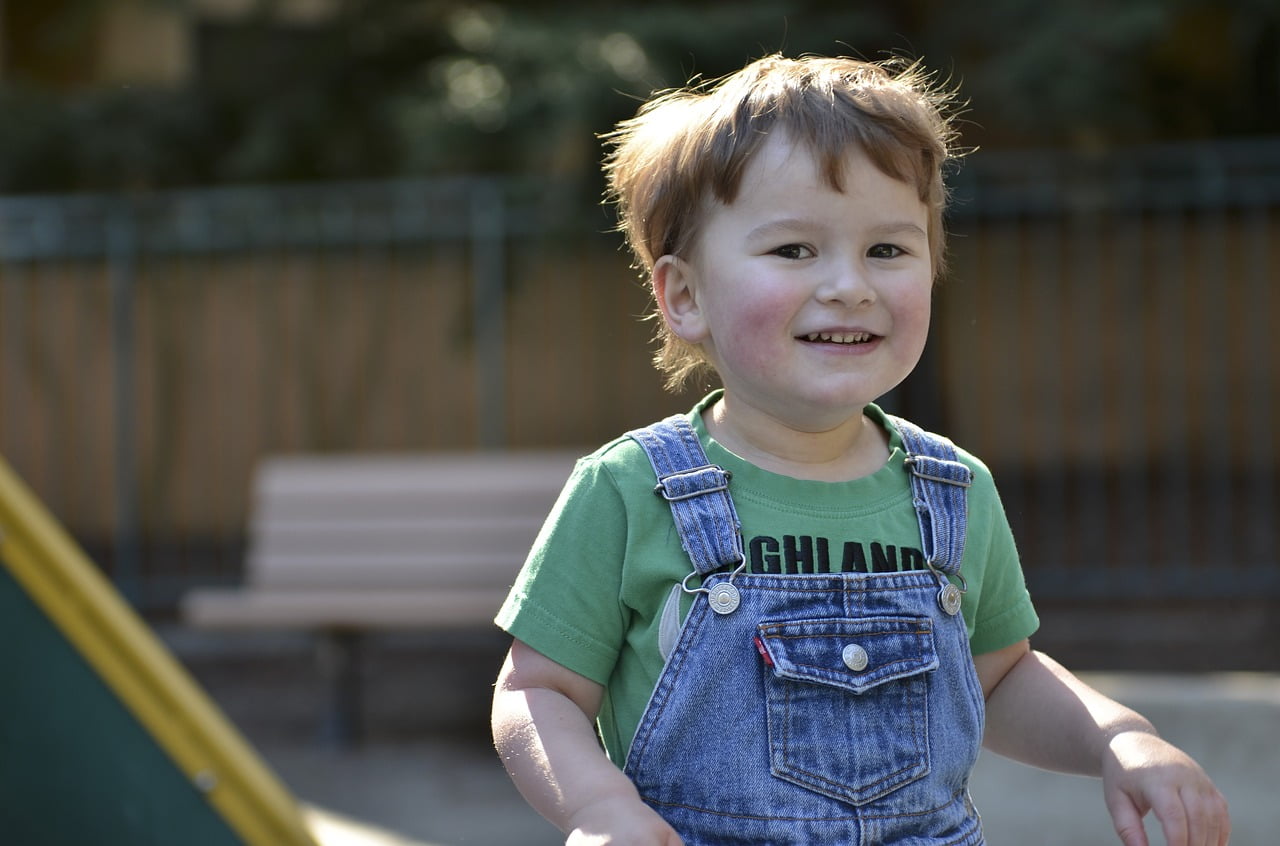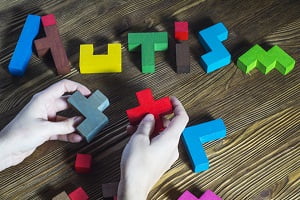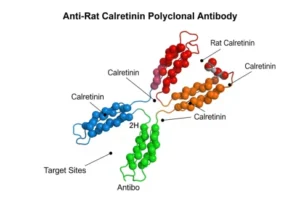What is Autism or Autism Spectrum Disorder?
- Updated on: Dec 19, 2024
- 3 min Read
- Published on Apr 23, 2021

Definition of Autism
Autism is a lifelong complex neurobehavioral condition where how people perceive the world and interact with others is affected. All people suffering from autism share common difficulties in speech and non-verbal communication and have learning disabilities. Repetitive behavior and difficulty with social skills are some of the difficulties faced by autistic people. Due to the broad spectrum of disabilities and impairments associated with the disease, autism is usually referred to as ‘Autism spectrum Disease’.
What Is Autism Spectrum Disorder?
Autism Spectrum disorder (ASD) is a wide range group of neurological and developmental disorders that may affect a child at early stages and can last for a lifetime as there is no such treatment available that can treat this disorder completely. ASD is the name given to various groups of developmental disorders including Asperger’s Syndrome and many other neurological disorders.
ASD affects the communication, social, and learning skills of a person. It is estimated that boys are more prone to ASD as compared to girls. Almost 1 in every 1000 people in the UK has ASD.
The impact on learning is significant, and understanding “ways autism affects learning” involves recognizing sensory sensitivities, unique learning styles, and individual strengths. Individuals with ASD may excel in specific areas while facing difficulties in others. Tailoring education to accommodate these differences is crucial, involving sensory-friendly environments, individualized instruction, and collaboration among educators, parents, and professionals. Recognizing the uniqueness of each person with ASD is essential for fostering a supportive learning environment.
Autism Spectrum Disorder definition referred to as “Spectrum” disorder because it includes a wide range of symptoms among the population suffering from ASD. The symptoms may vary from low to mild to highly autistic depending upon a person’s age and circumstances and also based on whether a person is diagnosed at an earlier age or later on. If a child is diagnosed with ASD at an early age, there may be possibilities to control many of the symptoms like delayed communication, learning disability or difficulty in verbal and non-verbal communication, social communication, and repetitive behaviors. A child with ASD may often find himself lost in his world, unable to make eye contact, face difficulty in reading words and phrases, and has limited interests and routine obsessions. The symptoms may vary from person to person. Autism is an incurable disease. However, the symptoms can be controlled by early detection and starting the therapies as early as possible.
Initially, in 1943, when Dr. Leo Kanner first described autism, people thought that Autism was an early form of Schizophrenia. This thought created a belief that Autism was a result of bad parenting. However, researchers later on confirmed that autism was not caused because of bad parenting.
Some Facts About Autism
- Autism can be found in people regardless of racial, ethnic, and social groups.
- According to a 2010 survey by the Centre for Disease Control and Prevention (CDC), autism is the most common of all the pervasive developmental disorders. It is estimated that it affects around 1 in every 68 births, i.e., as many as 1.5 million Americans in the US are likely to be affected by autism.
- There are around 700,000 people (that is more than 1 in 100) who are autistic in the United Kingdom.
- Autism is likely to affect boys 4.5 times more than girls.
- Around 1/3 of people with autism are not able to speak and understand nonverbal communication or intellectual disability.
- Some mental and physiological disorders like- seizures, gastrointestinal (GI) disorders sleep disturbances, attention deficit and hyperactivity disorder (ADHD), anxiety and phobias are commonly seen with autistic people.
Various disorders that are more or less similar to autism are now considered under the broad group of ‘Autism Spectrum Disorder’ such as follows-
Social Communication Disorder- This is a developmental disorder usually seen in children younger than 3 years. A child faces problems with social communication, communication in general, and imaginative play in such disorders.
Asperger’s Syndrome- This is a high-functioning autism disorder in which children have good to above average or average IQ in intelligence and language skills. However, a child shows limited interests, and social problems like being unable to interact with others and initiate small talk.
Pervasive Developmental Disorder– Atypical autism is another name given to this disorder because behaviour of the children suffering from it don’t fit in other categories but these children show some level of autistic behaviour.
Childhood Disintegrative Disorder- A child grows normally till the age of 2 years and then starts developing the symptoms of autism such as losing their learning abilities and communication skills. It is considered as one of the rare disorders in children.












